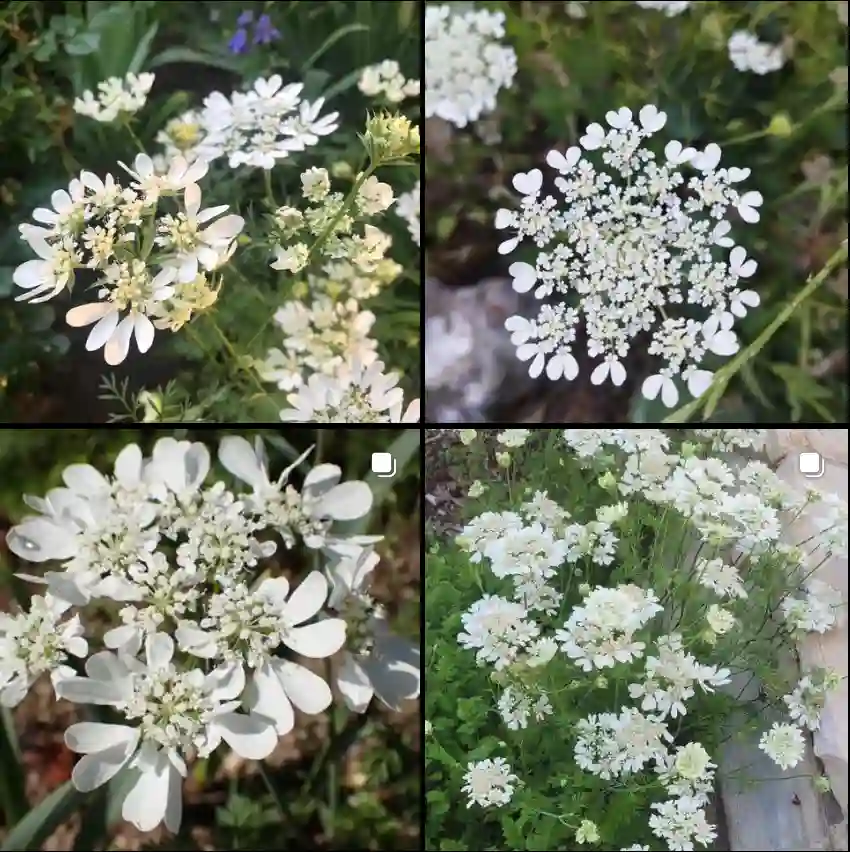
Nepenthes Dubia: A Q&A with Ferb Vu
Hello, carnivorous plant enthusiasts! I’m Ferb Vu, and today we’re diving deep into the fascinating world of Nepenthes Dubia. This unique pitcher plant, with its mesmerizing traps and specific growing requirements, has captivated hobbyists for years. So, whether you’re a seasoned Nepenthes grower or just starting your foray into the captivating world of these botanical wonders, this FAQ is for you.
Plant Family: Nepenthaceae – 207 Species in Genus Nepenthes
What is Nepenthes Dubia?
Nepenthes Dubia is a captivating highland Nepenthes species endemic to the mountains of Sumatra, Indonesia. Found on Mount Talakmau and Gunung Malea at elevations between 1600 and 2700 meters above sea level, it thrives in cool, humid, and moss-laden environments.
What makes Nepenthes Dubia special?
Several characteristics distinguish Nepenthes Dubia from its carnivorous kin. Here are a few:
- Unique Pitchers: Dubia’s pitchers are a sight to behold. The lower ones are often a captivating dark red, while the upper pitchers showcase a more traditional green. All pitchers have a distinctive reflexed lid, bending back more than 180 degrees, making them stand out from other Nepenthes species.
- Fast-growing Highlander: Unlike many highland Nepenthes, Dubia is a surprisingly fast grower. This makes it an attractive option for hobbyists who want to witness the rewarding experience of cultivating a Nepenthes without an agonizingly slow pace.
- Epiphytic or Terrestrial: Adaptable Dubia can thrive in two ways. At lower elevations, it flourishes as an epiphyte, clinging to trees and other structures. In higher, cooler regions, it transforms into a terrestrial plant, nestled comfortably in moss clumps amongst stunted alpine vegetation.
How does Nepenthes Dubia differ from Nepenthes Inermis?
Nepenthes Inermis is often mentioned alongside Dubia due to their shared morphological similarities. However, key differences exist:
- Peristome: Dubia boasts a well-developed peristome, the ruffled rim around the pitcher mouth that aids in prey attraction and slippery footing for hapless insects. Inermis has a less pronounced peristome.
- Lid Glands: Take a peek under the lid. Dubia has a higher concentration of glands compared to Inermis, potentially contributing to a more alluring lure for prey.
- Lid Reflex: As mentioned earlier, Dubia’s lid bends back dramatically, a characteristic not as prominent in Inermis.
What are the ideal care conditions for Nepenthes Dubia?
To cultivate a thriving Nepenthes Dubia, here are some key considerations:
- Temperature: Mimic its cool, highland habitat. Aim for daytime temperatures between 68-80°F (20-27°C) and nighttime dips down to 55-65°F (13-18°C).
- Humidity: High humidity is crucial. Ideally, maintain a range of 70-90%. Terrariums or humidifier use might be necessary.
- Light: Dubia prefers bright, indirect light. Avoid harsh, direct sunlight that can scorch the leaves.
- Water: Use only distilled water or rainwater to avoid mineral build-up. Keep the potting medium consistently moist but not soggy.
- Potting Medium: Provide excellent drainage. A well-aerated mix of sphagnum moss, perlite, and orchid bark works well.
How can I feed my Nepenthes Dubia?
While Nepenthes Dubia can attract prey on its own, occasional supplemental feeding is beneficial. Tiny insects like bloodworms or flightless fruit flies are suitable options. Avoid overfeeding, as this can disrupt the pitcher’s natural digestive process.
Is Nepenthes Dubia difficult to grow?
Nepenthes Dubia requires specific care compared to some houseplants. However, with consistent attention to temperature, humidity, and watering, it’s a rewarding challenge for most carnivorous plant enthusiasts.
Where can I buy a Nepenthes Dubia?
Reputable carnivorous plant nurseries and online vendors often offer Nepenthes Dubia. Look for established sellers with a proven track record of healthy plant care.
Final Thoughts
Nepenthes Dubia, with its captivating looks and intriguing adaptability, is a worthy addition to any carnivorous plant collection. By understanding its specific needs and providing consistent care, you can cultivate this unique pitcher plant and witness its mesmerizing beauty firsthand. Happy growing!
If i die, water my plants!



